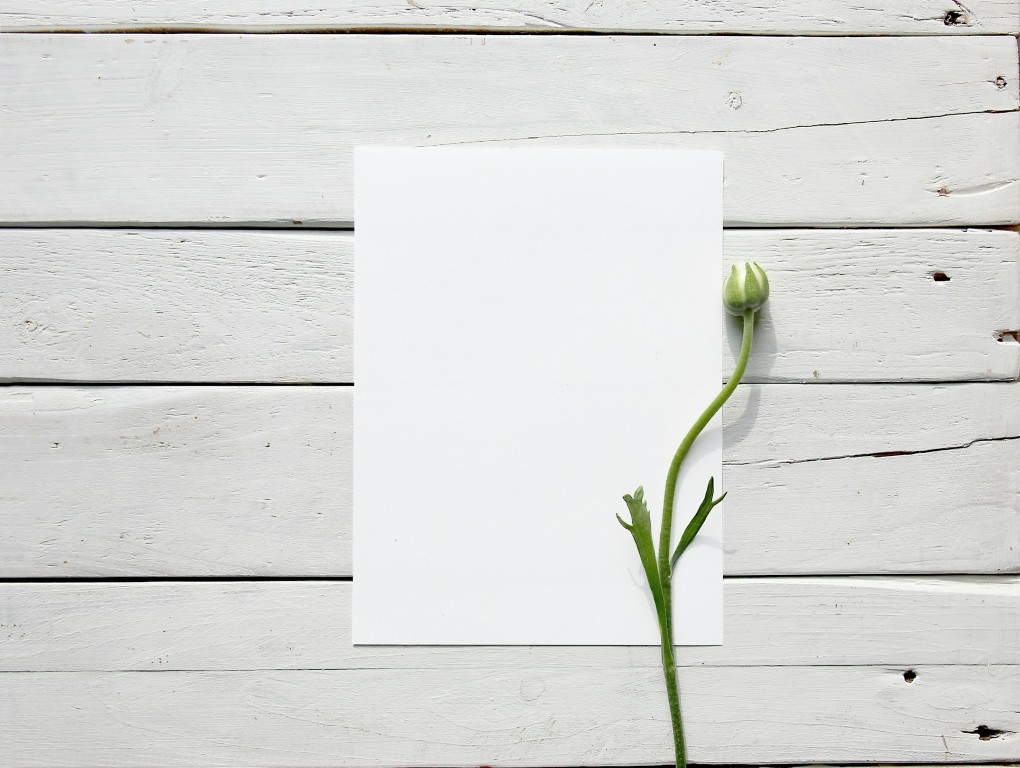The Role of Negative Space in Design Composition
When we think about design, we often focus on the design elements themselves – the colors, shapes, and images that come together to create a powerful visual. However, one often overlooked element that plays a crucial role in design composition is negative space.
Negative space, also known as white space, is the empty or “negative” area surrounding the main subject or design elements. It is the space that is not occupied by any other design elements, and it has its own significance and impact on the overall composition.
Negative space has the ability to enhance the main subject and draw attention to it. By giving the subject room to breathe and stand out, negative space can create a visual hierarchy, guiding the viewer’s eyes to the most important elements. It provides balance and structure to a design, allowing the eye to rest and preventing the design from feeling cluttered or overwhelming.
The use of negative space can also evoke certain emotions or convey specific messages. In minimalist designs, where negative space is intentionally maximized, calmness and simplicity are often achieved. On the other hand, when negative space is reduced, a sense of excitement and energy can be generated. The way negative space is utilized can greatly influence how the design is perceived and interpreted.
In logo design, negative space can be particularly powerful. A prime example is the FedEx logo, where the whitespace between the “E” and “X” creates an arrow, symbolizing forward movement and speed. This clever use of negative space not only adds depth to the design but also adds a hidden message that reinforces the brand’s values.
Negative space can also be used to create optical illusions or hidden images. An excellent example is the iconic logo of the World Wildlife Fund (WWF), where the negative space in the shape of a panda can be seen between the black shapes. This technique not only shows environmental consciousness but also engages the viewer, making the logo memorable and impactful.
Moreover, negative space plays a critical role in typography. The spacing between letters and lines of text can greatly affect the readability and overall visual appeal of the design. Ample negative space allows each letter to stand out individually, preventing them from running together and becoming illegible. It helps in improving legibility and ensures efficient visual communication.
In photography, negative space is often used to create a sense of depth and give the main subject room to breathe. By intentionally leaving empty areas around the subject, the photographer can emphasize the subject and create a more impactful image. Negative space can add a sense of serenity and isolation, drawing the viewer’s focus to the main subject.
In conclusion, negative space plays a significant role in design composition. It is an essential tool that designers can utilize to create a visually appealing and impactful design. Whether it be in the form of whitespace between elements, hidden shapes in logos, or spacing in typography, negative space provides balance, hierarchy, and a means of conveying emotions and messages. The intentional use of negative space can elevate a design and captivate the viewer, making it a fundamental element to consider in any design project.














